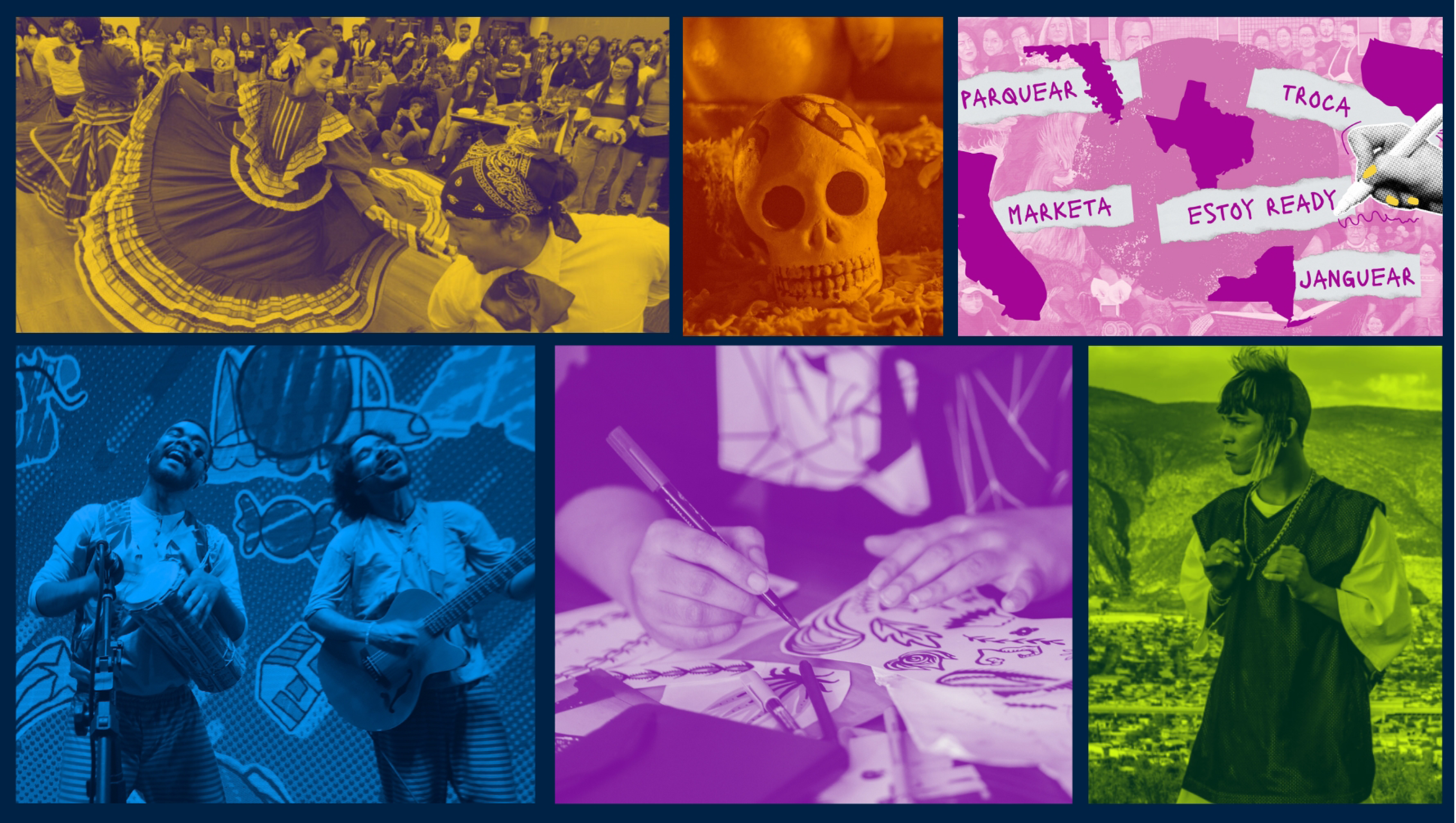
By Nikki Babri
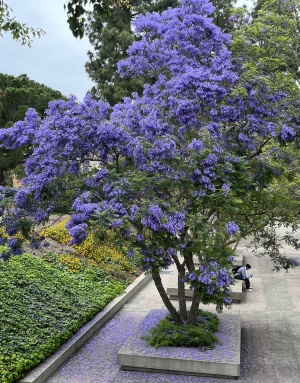
Near UC Irvine’s Humanities Hall, a jacaranda tree blooms with lavender-purple flowers each May. For Professor of Spanish and Portuguese Jacobo Sefamí, it’s more than campus greenery – it’s a living bridge between continents and cultures.
Growing up in Mexico City, he remembers jacarandas blooming along Paseo de la Reforma and in Chapultepec Park each spring. Now he sees them throughout Los Angeles and Orange County neighborhoods. Here in Irvine, they bloom on University Drive and Jeffrey Road. “This is to say that we are all interconnected. Hispanic cultures bloom in Latin America, and also here, at home,” he shares.
This October, that interconnection became the foundation for UCI’s first Hispanic Heritage Festival, a month-long celebration featuring literary lectures, film screenings, a Spanglish writing contest, music and poetry performances, writing workshops and an interactive Día de Muertos altar. As the department’s inaugural festival, the series of events represent both a new tradition and a long-overdue recognition of the Hispanic cultures that have shaped Orange County and the university itself.
A festival taking root
As the new chair of the Department of Spanish and Portuguese, Sefamí recognized an important opportunity. Orange County is home to over one million Hispanic/Latino residents, and UCI has been a designated Hispanic-Serving Institution since 2017, with over a quarter of its undergraduates identifying as Latino.
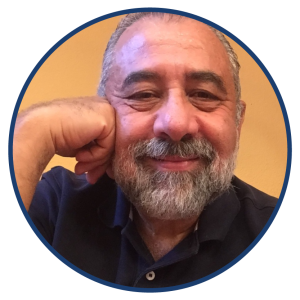
The festival arrives at a crucial moment. “Culture is going through a serious crisis in the United States: the government is canceling the funds of universities and other cultural institutions, and the stereotype of Hispanic people has been dramatically extended to delinquency and terrorism,” explains Professor Emerita Lucía Guerra-Cunningham, who joined UCI in the 1970s as a pioneer in feminist literary criticism. “UCI’s first Hispanic Heritage Festival is certainly a way to demonstrate and make known the fact that Hispanics in the U.S. have greatly contributed to the development of this country.”
For Sefamí, creating this festival was both a celebration and a necessity. “I believe it is important to offer a glimpse of the richness of the Hispanic cultures; to celebrate the tremendous diversity of the peoples and trace connections from south to north,” he explains.
Cultural expression across mediums
The festival opened on October 7 with a lecture by Guerra-Cunningham. Born in Santiago, Chile, she came to the United States on a Fulbright scholarship and later earned her Ph.D. in Spanish to reconnect with her roots and expand the knowledge of Hispanic culture in the U.S.
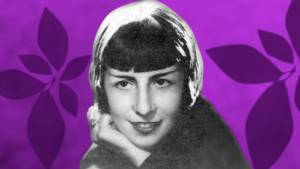
Her lecture focused on María Luisa Bombal, a Chilean writer who transformed Latin American literature in the 1930s. “María Luisa Bombal was the first writer in Latin America who gave voice to the silenced experiences of women,” Guerra-Cunningham explains. Through her novels and short stories, Bombal created “a symbolic repertoire and a poetic discourse of female sexuality,” incorporating elements of Magical Realism decades before the movement gained recognition. Her fiction denounced women’s subordination in patriarchal society and challenged the restrictive notions of femininity imposed on women.
Two days later, the festival continued with a screening of Fernando Frías de la Parra’s award-winning film Ya no estoy aquí (I’m No Longer Here), which also serves as a special preview of the 2026 Latin American Film Festival. The 2019 film tells the story of Ulises Samperio, a 17-year-old leader of a street gang in Monterrey, Mexico, who is forced to flee to New York after a misunderstanding with a local cartel. Through the lens of the “Kolombianos” – youth gangs that combine Cholo culture with Colombian cumbia music – the movie explores identity, migration and the cultural ties that define us.
On October 16, the Music & Poetry Celebration brought together pianist Santiago Morales-Rivera from Spain and Peruvian doctoral student Fabricio Cavero Farfán for an evening of artistic expression. And the following day, Professor Rocío Pichon-Rivière will host the Creative Writing Pedagogies for Health Narratives & Historical Trauma Symposium, bringing together published writers and educators from universities across the United States to explore creative writing as a space for care, community-building and bilingual expression.
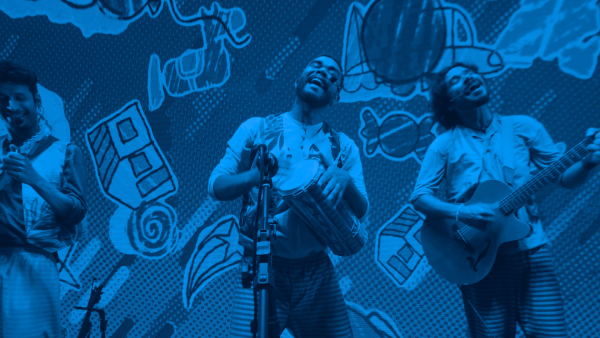
Poets: Fer de la Cruz, Masiel Monserrat Corona Santos, Jacobo Sefamí
Moderated by Fernanda Hernández Hernández Paredes
Tradition reimagined
The festival continues on October 21 with Ofrenda Viva, an interactive Día de Muertos altar created by Spanish and Portuguese Ph.D. students Robert Munrayos and Raúl Romo. Unlike traditional altars, Ofrenda Viva pairs cultural aesthetics with digital innovation, allowing visitors to scan QR codes to discover short videos, fun facts and audio narrations about influential Latin American figures.
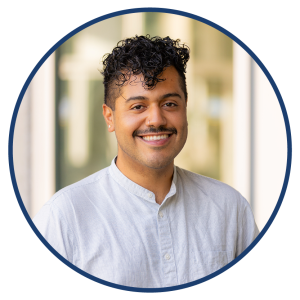
“Traditionally, when Día de Muertos altars are displayed, they often remain static and are not fully understood by viewers,” explain Munrayos and Romo, who set out to create an experience that exposes attendees to diverse cultural practices and traditions through a dynamic “living” format that actively teaches. “What truly makes an altar de muertos meaningful is not just its various components, but more importantly, the intentional process and meditation involved in building one.”
The graduate students carefully selected figures representing a wide range of Latin American voices, including artists, writers, musicians and activists who have been essential to the construction of Latinx cultural heritage. By sharing these stories through interactive elements, the altar transforms from a visual display into an immersive learning experience that invites participants to reflect on the richness and diversity of Hispanic cultural heritage, and to recognize how these legacies continue to shape identities and relationships today.
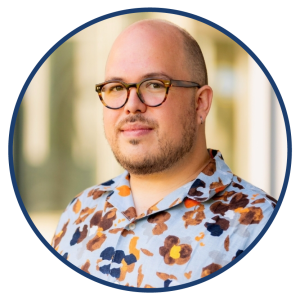
"We hope that students and visitors see themselves reflected in the figures honored by Ofrenda Viva, and that through this experience, they feel pride in their cultural heritage and origins," Munrayos and Romo share. “This blend of tradition and interaction allows participants to learn not only about these figures but also about themselves, blurring the usual boundaries between life and death, past and present.”
The project also includes a Spanish tertulia with papel picado making, creating space for students, faculty and the wider community to gather and celebrate Latinx traditions together.
Celebrating linguistic identity
The festival concludes with the UCI Spanglish Writing Contest on October 22, featuring readings from winning texts and finalists. The contest celebrates the creative blending of Spanish and English that characterizes much of the Hispanic American experience and is often misunderstood or dismissed.
“Spanglish is a powerful form of expression because it illustrates how many Latine individuals navigate and construct meaning through the integration of two language systems,” explains Professor of Spanish and Portuguese Julio Torres, who teaches the “Spanish 3H: Latinidades” course alongside instructors Julia Gómez and Eli Massena.
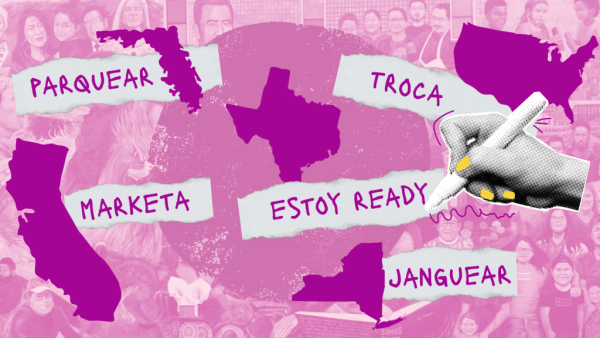
The contest welcomes poetry, short essays and short stories that highlight the richness of Spanglish as a living, creative and powerful expression of Latinx identities. For Torres, whose research focuses on heritage speakers – students who grow up hearing Spanish at home but lack formal instruction – validating Spanglish in academic contexts is essential in challenging harmful misconceptions about bilingual language use.
“I want people to understand that Spanglish and bilingual identity are natural and common phenomena. Most of the world is multilingual to varying degrees, and identities are shaped through these experiences with language,” Torres shares. “Spanglish is not laziness, contamination, deficiency or broken Spanish or English – it is a legitimate form of expression to understand and engage with the world.”
A new tradition begins
As the first Hispanic Heritage Festival takes shape, Sefamí envisions the festival evolving and expanding in future years, showcasing the diverse geographical and generational backgrounds of faculty and students in the department.
Like the jacaranda trees, Sefamí hopes attendees will recognize the flowering of Hispanic cultures, from literature and film to music, writing and age-old traditions. “Our festival wants to show a bit of that color; it’s a small gesture we make to acknowledge and feel proud of our heritage.”
For more information about Hispanic Heritage Festival events, visit https://sites.uci.edu/hhfestival/program/
Interested in reading more from the School of Humanities? Sign up for our monthly newsletter.
